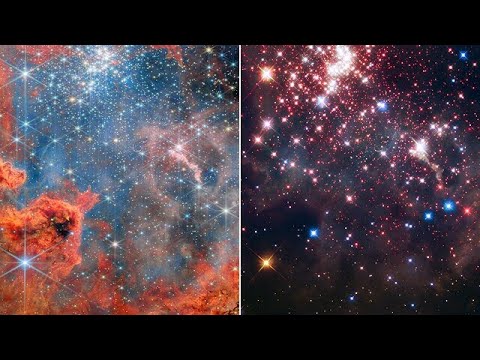On October 9, 2022, astronomers detected a big bang. But while not as big as the “big bang” itself, experts quickly determined the gamma-ray burst (GRB) designated GRB 221009A was unquestionably the most powerful explosion ever observed by humans. The event was so impressive that it even earned a nickname—the Brightest of All Time, or BOAT. But even three years later, the BOAT continues revealing new information about these rarely seen, poorly understood, and mind-bogglingly massive energy eruptions. The latest findings are described by an international team of researchers in a study published this month in The Astrophysical Journal Letters
What are gamma ray bursts?
Even when not the BOAT, gamma-ray bursts are gigantic. In a matter of seconds, the average GRB can release as much energy as the sun has generated during its entire 10-billion-year lifespan. But this doesn’t make it easy to follow all that energy back to its source. GRB gamma-ray signals weaken as they travel across the expanse of space, and seem to occur well outside the 100,000-light-year-wide Milky Way galaxy. For example, the BOAT was about 2.4 million light-years from Earth.
Astronomers believe there are two main types of GRBs, neither of which are long-lived. A short-period GRB’s initial phase lasts anywhere from a couple seconds down to only a few milliseconds, and is believed to form from the merger of neutron stars. Meanwhile, long-period GRBs (like the BOAT) last a few minutes, and appear to come from the universe’s largest supernovae—the ones that give birth black holes. Either way, their afterglows can linger for hours or even months, providing researchers with time to collect as much data as possible.
Although GRBs start with dazzling flashes of gamma radiation, their afterglows span multiple energy wavelengths. This afterglow was key to analyzing the BOAT and its aftermath.
A GRB anomaly
After NASA’s Fermi Gamma-ray Space Telescope and Swift Observatory spotted the BOAT, , an international team of astronomers at the Roque de los Muchachos Observatory in La Palma, Spain, quickly worked to train their Large-Sized Telescope prototype (LST-1) in its direction.
Although the LST-1 was technically still in its commissioning phase and a full moon made observations tricky, researchers tracked the BOAT’s activity for 20 days. This extended monitoring session allowed them to determine the upper limits of its powerful gamma-rays while also identifying potential formation properties.
However, what astronomers saw contradicted one of the prevailing models of GRB energy emissions. No matter its root cause, a GRB always spews an extremely fast jet of ionized plasma or gas—but the shape of these jets has remained unclear. One previous theory calculated that a GRB’s plasma beams emit in a T-shaped structure—a central cone of high-speed matter flanked by a wider spread of slower-moving material. Instead, the BOAT appeared to be fueled by a single jet containing a high-speed central jet wrapped in slower matter.
There is still a lot left to learn about GRBs, including the exact mechanics of their formation. They can’t all be as dramatic as the BOAT—astronomers estimate similarly sized GRBs only happen once every 10,000 years—but each detected event is an opportunity to better comprehend some of the universe’s most intense moments.






